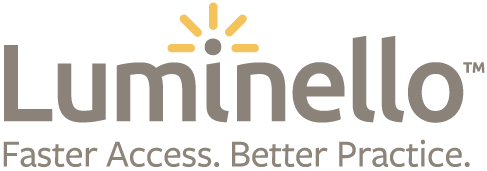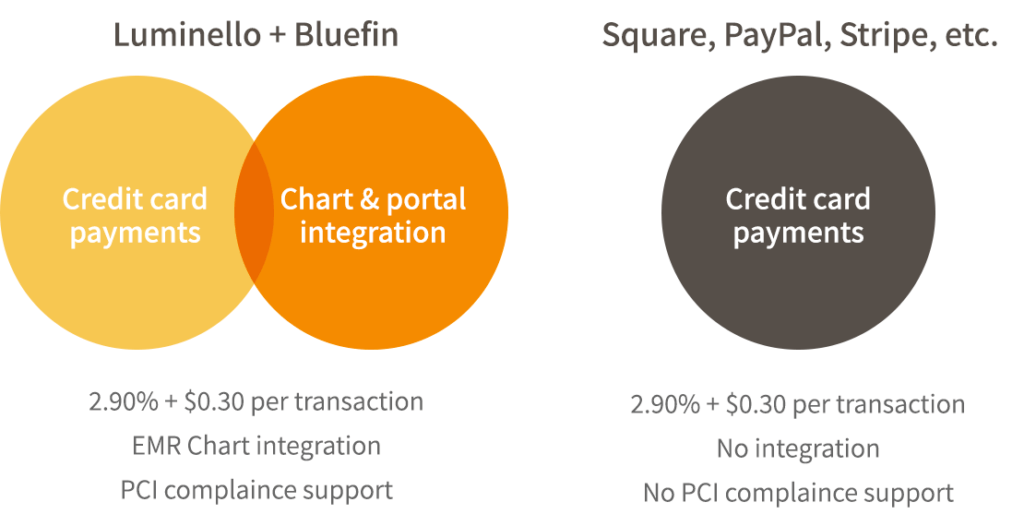The LGBTQIA+ community encompasses lesbian, gay, bisexual, transgender, queer/questioning, intersex, asexual, and additional members who identify in a sexual/gender minority. While there have been advancements in recent years in equality and acceptance for this group, the growth is by no means linear. With the rise of increasing animosity towards LGBTQIA+ as a political talking point, there has been an alarming increase in hate crimes and legislation targeting these individuals.
Well documented are the devastating effects of ongoing discrimination, stigma, and fear of violence on an individual’s mental health. Despite the apparent need for mental health support, there continues to be evidence of alarming disparities when it comes to mental health outcomes for LGBTQIA+ individuals. This article explores the challenges faced by the LGBTQIA+ community in context to mental health and highlights the importance of creating a more inclusive and supportive mental health care environment.
Understanding Prevalence
LGBTQIA+ individuals are at least 2.5x more likely to experience mental health issues compared to their heterosexual and cisgender counterparts. This heightened vulnerability can be attributed to a range of factors, including minority stress, familial/community rejection, discrimination, and harassment. Not only are individuals in this minority more likely to struggle with mental health concerns, but also are significantly more likely to contemplate suicide. The American Psychological Association reports the rate of suicidal ideation for heterosexual individuals is 2.3% compared to gay/lesbian individuals at 4.6%, bisexual individuals at 7.4%, and transgender individuals at 30.8%. This statistic clearly illustrates the very significant need for life saving support in this community.
Barriers to Care: Homelessness and Economic Disadvantage
Mental health decline due to discrimination, bullying, and unique minority stressors can have significant consequences on the financial health of LGBTQIA+ individuals. A recent study showed that more than 1 in 4 LGBTQIA+ college students have considered dropping out of school because of mental health challenges. The APA additionally reports that while the exact number of high school dropouts are hard to track, there is certainty that it disproportionately affects those within the LGBTQIA+ community. Lack of education can hurt job opportunities and threaten sources of income.
Family rejection and hostile home environments have put many LGBTQIA+ at risk for homelessness. In fact, nearly 28% of LGBTQ youth reported experiencing homelessness or housing instability at some point in their lives. Being without housing puts youth at higher risk for further victimization, substance abuse, and major mental health disorders.
Research has shown that one of the biggest factors for access to mental health care is socio-economic status. In America, employment is the largest source of health insurance. We know that gaining services without the use of insurance is often very costly. With the above mentioned barriers, the ability to afford mental health care may be one of the largest constraints in allowing access.
Steps Forward:
Family Counseling and Mediation Specialists
Since family conflict around youths’ LGBTQIA+ identities are a predominant factor in creating homelessness, developing family counseling or mediation programs may be an effective way in keeping youths housed. If you are a family therapist and have interest in this work, finding additional training and resources in ways to effectively evaluate and intervene in these situations can be of great service. For those who primarily work individually or in a non-family setting, gathering referral information for a trained family counselor/mediator would be extremely helpful.
Local Shelters and Child Protective Services
As mental health practitioners, we are all mandated reporters. Meaning, that if we suspect abuse, we are obligated to contact child protective services. Due to the disproportionate rate at which LGBTQIA+ youth face abuse and homelessness, it is essential we know local resources.
Sliding Scale or Referrals
Due to the economic and insurance barriers facing some LGBTQIA+ individuals, it is important for agencies and practices to evaluate their payment policies. Having a sliding scale policy assists in lowering the barrier for economically disadvantaged clients. If a sliding scale does not fit your practice goals, find local agencies that have a sliding scale or that specialize in working with low income individuals.
Barriers to Care: Stigma in the Healthcare Field
The psychological field has a track record of stigmatizing and pathologizing individuals from the LGBTQIA+ community. This is most clearly seen in the categorization of homosexuality and gender identity within the Diagnostic and Statistical Manual (DSM).
DSM Timeline
- DSM-I (1952): Homosexuality is listed as a sociopathic personality disturbance.
- DSM-II (1968):Homosexuality continues to be listed as a mental disorder
- DSM-II (1974): Homosexuality is no longer listed as a category of disorder. The diagnosis is replaced with the category of “sexual orientation disturbance”.
- DSM-III (1980): The diagnosis of ego-dystonic homosexuality replaces the DSM-II category of “sexual orientation disturbance.”Introduces gender identity disorder.
- DSM-III-R (1987); Ego-dystonic homosexuality is removed and replaced by “sexual disorder not otherwise specified,” which can include “persistent and marked distress about one’s sexual orientation.”
- DSM-V (2013): Includes a separate, non-mental disorder diagnosis of gender dysphoria to describe people who experience significant distress with the sex and gender they were assigned at birth.
Pathologizing, stigmatizing, and discrimination against LGBTQIA+ individuals can present itself across the spectrum of medical fields. This can lead many individuals to delay or even forego necessary health care. One study, taking place in Minnesota, showed that 40% of adults identifying as LGBTQIA+ did not go to the doctor when they needed to because they feared disrespect or discrimination.
Steps Forward
Representation Matters
For any group, having professionals who mirror their identity and lived experience significantly decreases concerns about bias or discrimination. Connecting with practitioners or peer support specialists who share similar experiences can provide a sense of belonging and validation. Mental health agencies and schools should create environments where students and practitioners from all identities feel empowered to work.
Education and Training
It would be beneficial for therapists, psychologists, psychiatrists and other client-facing practitioners to receive training on specific challenges faced by LGBTQIA+ individuals. Through education, practitioners can develop empathy, understanding, and interventions that would benefit their clients.


